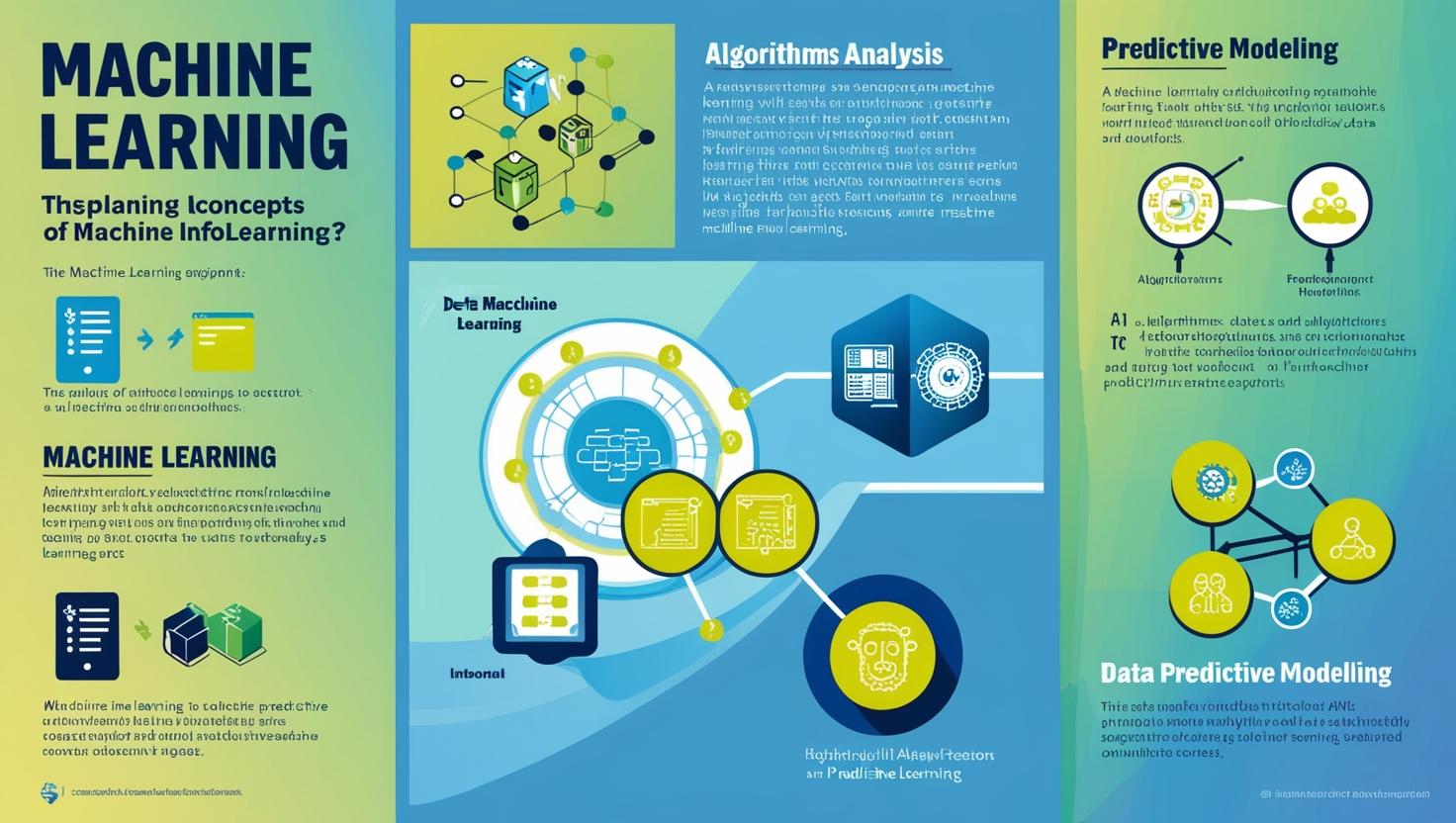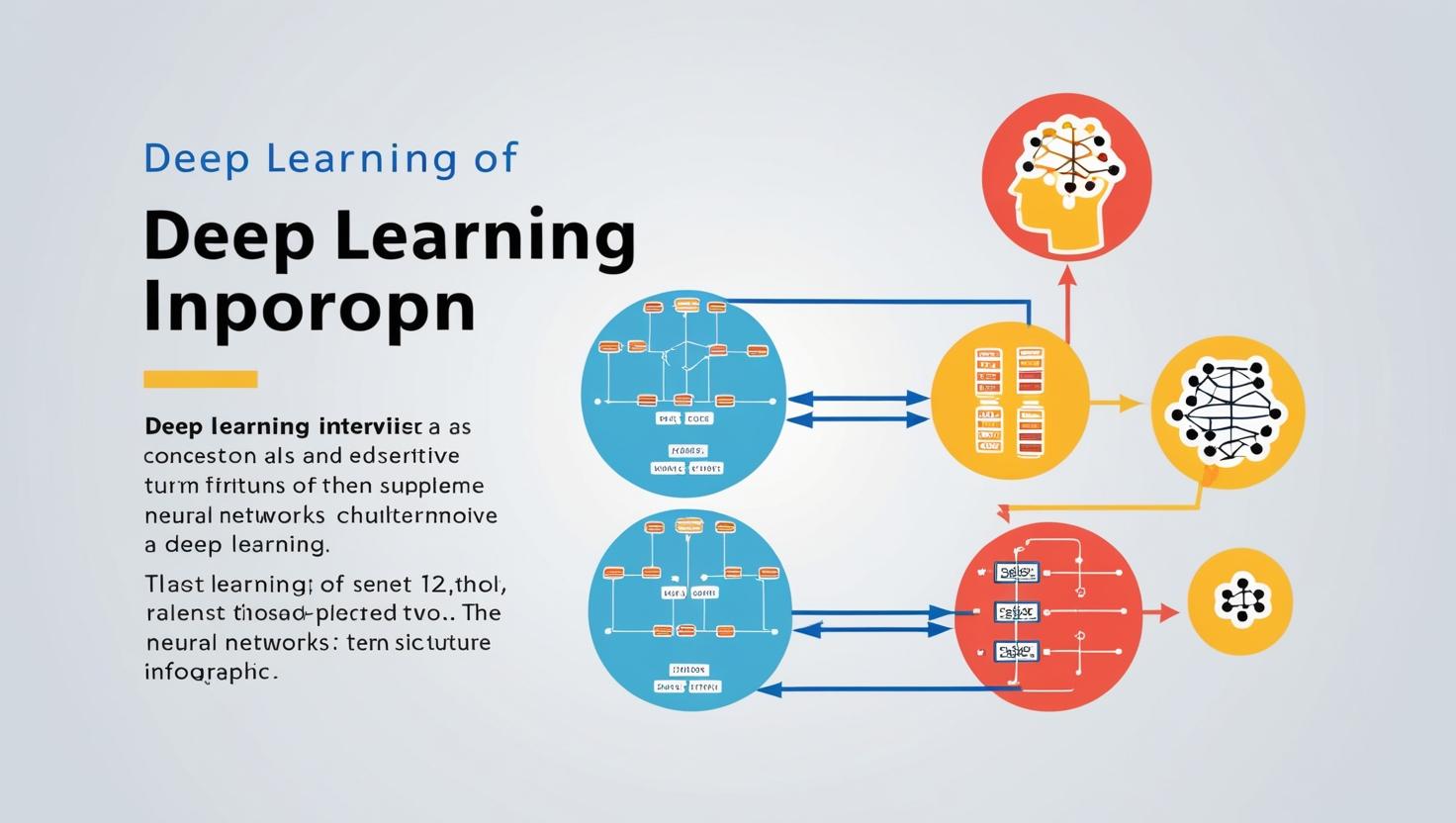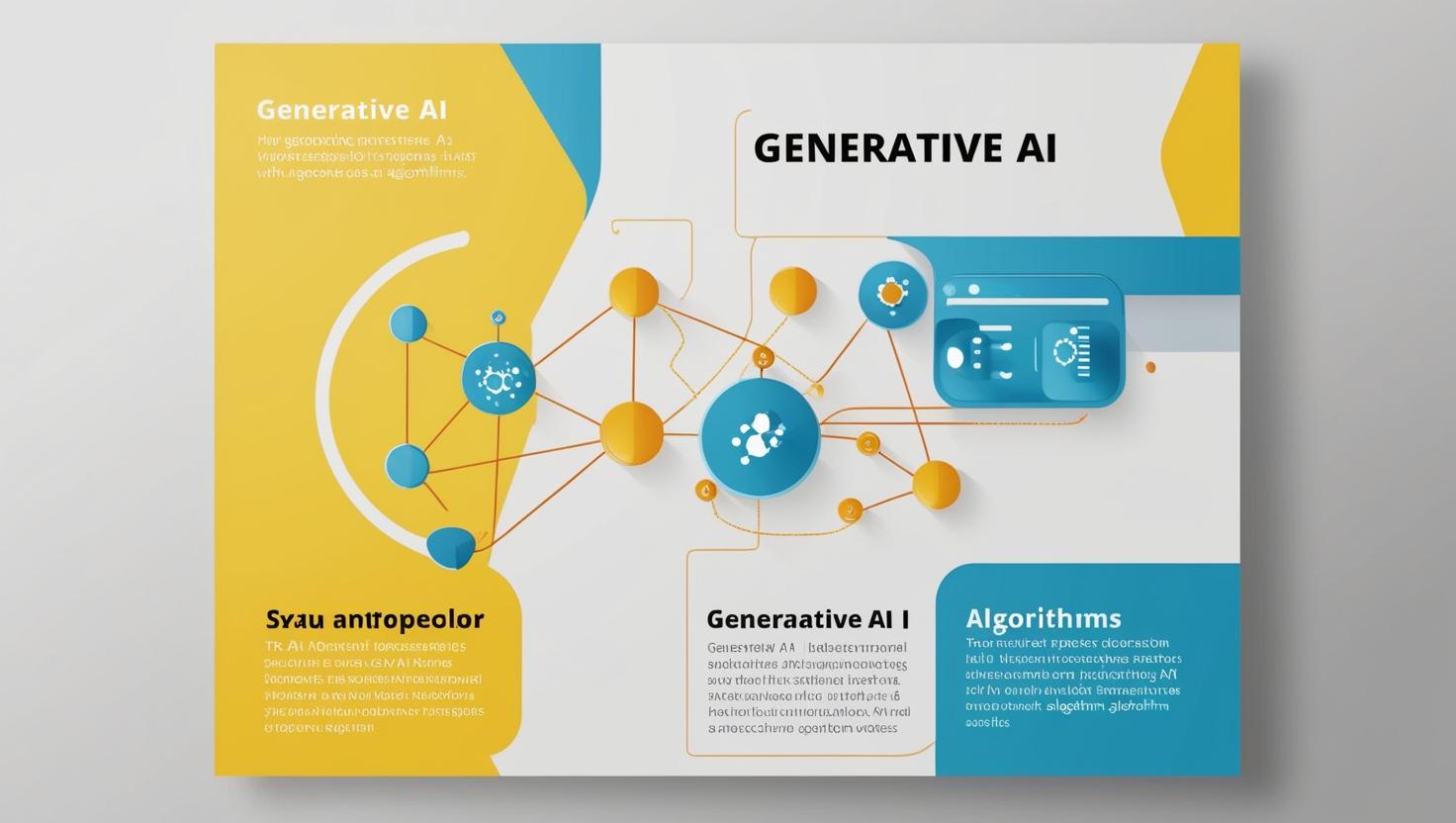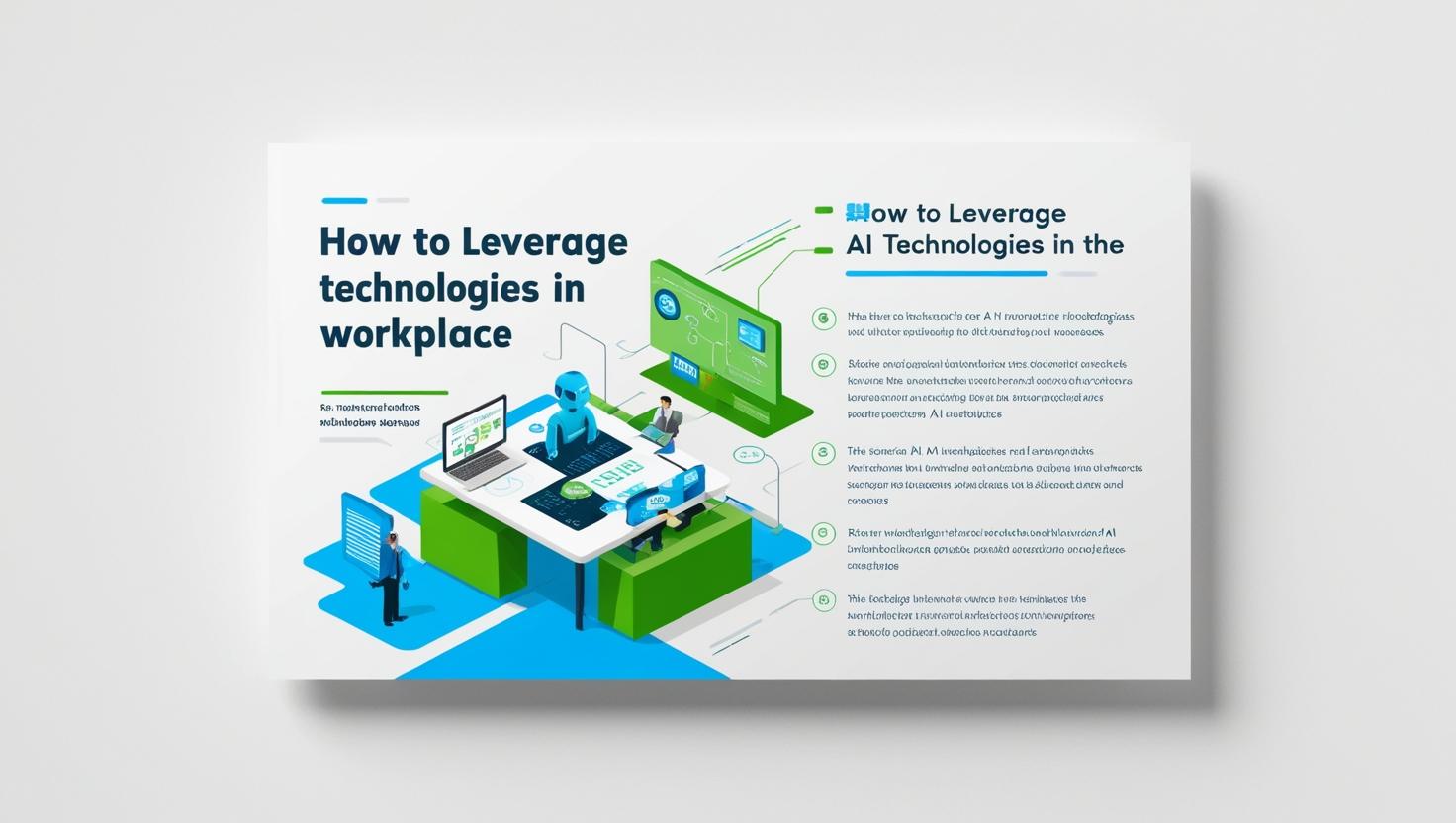Understanding AI, Machine Learning, Deep Learning, and Generative AI: A Comprehensive Guide
Artificial Intelligence (AI) is transforming industries, from healthcare to entertainment, and sparking curiosity worldwide. Terms like machine learning, deep learning, and generative AI are often used interchangeably, but they represent distinct concepts within the broader AI landscape. This article demystifies these technologies, explains their differences, and explores their real-world applications. Whether you're a tech enthusiast or a professional looking to leverage AI, this guide offers a clear, expert-level breakdown with actionable insights.
What is Artificial Intelligence (AI)?
AI refers to the simulation of human intelligence by computers. It encompasses a wide range of capabilities, such as learning, reasoning, problem-solving, and decision-making. The goal of AI is to create systems that can perform tasks that typically require human cognitive abilities.
A Brief History of AI
AI's roots trace back to the 1950s, when researchers began exploring ways to mimic human intelligence. Early AI systems, like expert systems in the 1980s, relied on predefined rules to solve specific problems. For example, medical expert systems helped doctors diagnose diseases based on symptom inputs. However, these systems were limited by their reliance on manually coded rules.
Today, AI has evolved into a dynamic field, driven by advancements in computing power, data availability, and innovative algorithms. From virtual assistants like Siri to self-driving cars, AI is reshaping how we live and work.
What is Machine Learning?
Machine learning (ML) is a subset of AI that enables systems to learn from data without explicit programming. Instead of following hardcoded rules, ML algorithms identify patterns in data and use them to make predictions or decisions.

How Machine Learning Works
Imagine teaching a child to recognize animals. You show them pictures of cats and dogs, pointing out features like fur, ears, and tails. Over time, the child learns to distinguish between the two. Similarly, ML algorithms analyze vast datasets to uncover patterns. For instance:
- Predictive Analytics: ML can predict stock market trends by analyzing historical data.
- Anomaly Detection: In cybersecurity, ML identifies unusual user behavior, such as unauthorized access attempts.
A real-world example is email spam filters. By training on thousands of emails labeled as "spam" or "not spam," ML models learn to flag suspicious messages accurately.
Why Machine Learning Matters
ML became mainstream in the 2010s, fueled by increased data availability and computational power. Its ability to handle complex tasks, like image recognition or fraud detection, makes it indispensable across industries.
What is Deep Learning?
Deep learning (DL) is a specialized subset of machine learning that uses neural networks—computational models inspired by the human brain. These networks consist of multiple layers (hence "deep") that process data in increasingly complex ways.

How Deep Learning Differs from Machine Learning
While ML relies on structured data and feature engineering (manually selecting relevant data features), DL automatically extracts features from raw data. For example, in image recognition, ML might require engineers to specify features like edges or colors, whereas DL learns these features directly from pixel data.
Applications of Deep Learning
Deep learning powers many modern AI innovations, including:
- Voice Assistants: Siri and Alexa use DL to understand natural language.
- Autonomous Vehicles: DL processes sensor data to navigate roads safely.
- Medical Imaging: DL detects anomalies in X-rays or MRIs with high accuracy.
A notable example is the development of AlphaGo, a DL-powered system that defeated world champion Go players by learning strategies from millions of game simulations.
What is Generative AI?

Generative AI is a cutting-edge branch of AI that creates new content, such as text, images, audio, or videos. It relies on foundation models, like large language models (LLMs), which are trained on massive datasets to generate human-like outputs.
How Generative AI Works
Generative AI predicts and generates content based on patterns in its training data. For instance, LLMs like those powering chatbots analyze billions of sentences to predict the next word, sentence, or paragraph. This process is akin to autocomplete on steroids, producing entire essays or conversations.
Types of Generative AI
Generative AI encompasses various models, including:
- Text Models: Chatbots like ChatGPT generate human-like responses.
- Image Models: Tools like DALL-E create realistic artwork from text prompts.
- Audio Models: AI can compose music or mimic voices.
- Video Models: Deepfake technology creates hyper-realistic videos.
Real-World Impact of Generative AI
Generative AI has revolutionized content creation. For example, marketers use AI tools to draft blog posts, while filmmakers leverage deepfake technology for special effects. However, it also raises ethical concerns, such as the potential for misinformation through manipulated videos.
Comparing AI, Machine Learning, Deep Learning, and Generative AI
To clarify the relationships between these technologies, here’s a comparison:
Technology | Definition | Key Features | Applications |
|---|---|---|---|
Artificial Intelligence | Simulates human intelligence through computers. | Broad, encompasses reasoning, learning, and decision-making. | Virtual assistants, robotics, gaming. |
Machine Learning | Subset of AI; learns from data to make predictions or decisions. | Pattern recognition, anomaly detection, predictive modeling. | Spam filters, recommendation systems. |
Deep Learning | Subset of ML; uses neural networks to process complex data. | Automatic feature extraction, multi-layered processing. | Image recognition, voice assistants. |
Generative AI | Subset of AI; generates new content using foundation models. | Content creation, predictive text/image/audio generation. | Chatbots, deepfakes, AI art. |
A Visual Analogy
Think of AI as a vast ocean. Machine learning is a large island within it, deep learning is a smaller, specialized region on that island, and generative AI is a vibrant coral reef teeming with creative possibilities. Each layer builds on the previous one, adding complexity and capability.
The Evolution and Adoption of AI Technologies
AI adoption has accelerated dramatically in recent years. Early AI systems were niche, known only to researchers. Machine learning gained traction in the 2010s, enabling practical applications like Netflix’s recommendation engine. Deep learning further expanded AI’s capabilities, powering breakthroughs in computer vision and natural language processing.
Generative AI, however, has been the game-changer. Since the launch of tools like ChatGPT and Midjourney, AI has become a household term. Businesses now integrate generative AI for tasks like customer support automation, while individuals use it for creative projects. This rapid adoption underscores AI’s transformative potential.
Ethical Considerations in AI Development
As AI advances, ethical challenges emerge. Generative AI, in particular, raises concerns about:
- Misinformation: Deepfakes can spread false narratives, as seen in viral videos of public figures “saying” things they never said.
- Job Displacement: Automation may reduce demand for certain roles, like content writing or graphic design.
- Bias: AI models trained on biased data can perpetuate stereotypes, affecting fairness in hiring or lending.
To address these issues, organizations must prioritize transparency, fairness, and accountability in AI development. For example, watermarking AI-generated content can help distinguish it from human-created work.

How to Leverage AI Technologies in Your Work
Whether you’re a business owner, developer, or creative professional, AI offers endless opportunities:
- For Businesses: Use ML for customer segmentation or predictive maintenance. Generative AI can automate marketing content or enhance customer service with chatbots.
- For Developers: Build DL models for applications like facial recognition or natural language processing. Explore generative AI APIs for innovative projects.
- For Creatives: Experiment with AI art tools or music composition software to push creative boundaries.
Start by identifying a specific problem in your field, then explore AI tools that address it. Platforms like TensorFlow (for ML/DL) or Hugging Face (for generative AI) offer accessible starting points.

Frequently Asked Questions (FAQs)
What is the difference between AI, machine learning, and deep learning?
AI is the broad field of simulating human intelligence. Machine learning is a subset of AI that learns from data, while deep learning is a subset of ML that uses neural networks for complex tasks like image or speech recognition.
How does generative AI work?
Generative AI uses foundation models, like large language models, to create new content (text, images, audio) by predicting patterns based on vast training datasets.
What are the real-world applications of deep learning?
Deep learning powers applications like autonomous vehicles, medical diagnostics, voice assistants, and facial recognition systems, leveraging its ability to process complex data.
Conclusion
AI, machine learning, deep learning, and generative AI are interconnected technologies driving the future of innovation. By understanding their differences and applications, you can harness their potential to solve problems, create value, and stay ahead in a rapidly evolving world. As AI continues to shape industries, staying informed and adaptable is key to thriving in this technological era.